The line follower robot is an automated vehicle that follows a visual black line or path on the surface. This visual line is a path on which the line follower robot moves.
It uses a black line on a white surface, or you can also adjust it as a white line on a black surface as per your need.
A Line Following Robot is a popular robotics project that involves building a robot capable of autonomously following a line on the ground. It’s a great way to learn about sensors, control systems, and programming. A 4WD (Four-Wheel Drive) version of the line following robot offers improved traction and manoeuvrability. Here’s an overview of how to approach this project:
Components Needed:
1. Chassis with four-wheel drive capability.
2. Microcontroller board (Arduino, Raspberry Pi, etc.).
3. Infrared (IR) line sensors or reflectance sensors.
4. Motor drivers (if not integrated into the chassis).
5. Wheels and DC motors.
6. Power source (batteries).
7. Jumper wires and connectors.
8. Optional: Castor wheel for stability.
Steps to Build:
1. **Assemble the Chassis:**
Put together the 4WD chassis by attaching the wheels and motors. This chassis should be able to move in any direction comfortably.
2. **Install Motors and Wheels:**
Attach the DC motors to the chassis and connect them to the motor drivers. Connect the wheels to the motor shafts securely.
3. **Mount Line Sensors:**
Attach the IR line sensors to the front of the chassis. These sensors will detect the line on the ground and help the robot follow it.
4. **Connect Electronics:**
Connect the motor drivers to the microcontroller. If using an Arduino or Raspberry Pi, you might need to use GPIO pins for this purpose. Connect the line sensors to the appropriate pins as well.
5. **Power Supply:**
Attach the battery or power source to the robot. Make sure it provides enough voltage and current to power the motors and electronics.
6. **Coding:**
Write the code that will control the robot’s movements and line-following behavior. This will involve reading sensor data, making decisions based on that data, and sending commands to the motors. You can use languages like C/C++ (for Arduino) or Python (for Raspberry Pi).
7. **Line Following Algorithm:**
Implement a line-following algorithm, such as PID (Proportional-Integral-Derivative), to control the robot’s movement along the line. This algorithm will adjust the motor speeds based on sensor input to keep the robot centered on the line.
8. **Calibration:**
Calibrate your sensors and the algorithm to ensure the robot responds correctly to different line colors, widths, and surface conditions.
9. **Testing and Refinement:**
Test the robot on a line-following track and observe its behavior. You may need to fine-tune the algorithm and sensor readings to achieve optimal performance.
10. **Optional Features:**
Depending on your interest and skills, you can add extra features like obstacle avoidance, Bluetooth control, speed adjustments, and more.
11. **Documentation:**
Keep track of your circuit connections, code, and any modifications you make. This documentation will be helpful if you want to reproduce the project or share it with others.
Remember that building a line following robot can be a challenging but rewarding project. It involves mechanical, electrical, and programming skills. Don’t hesitate to iterate and learn from any challenges you encounter along the way.
* Product Images are shown for illustrative purposes only and may differ from actual product.
Package Includes :
- 1 x Line Following Robot (4WD) Project.



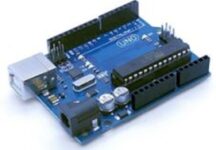

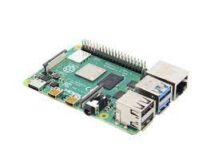
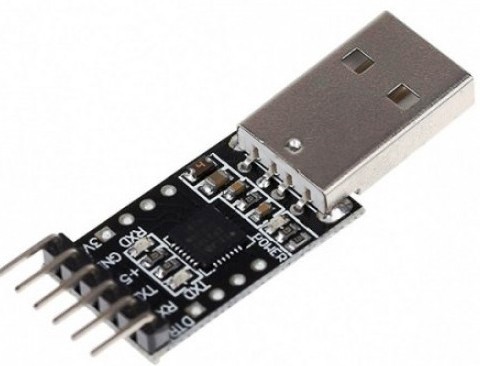
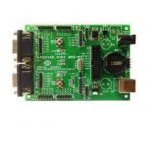
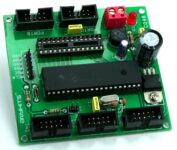
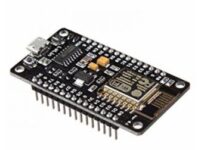

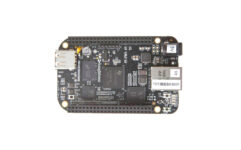
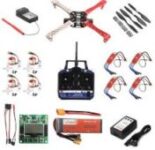
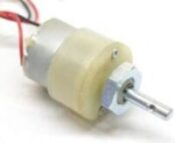

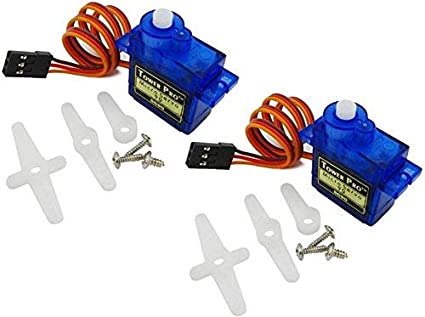
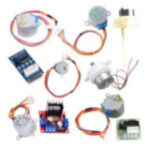

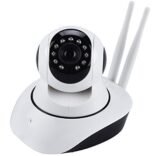

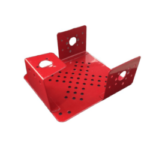

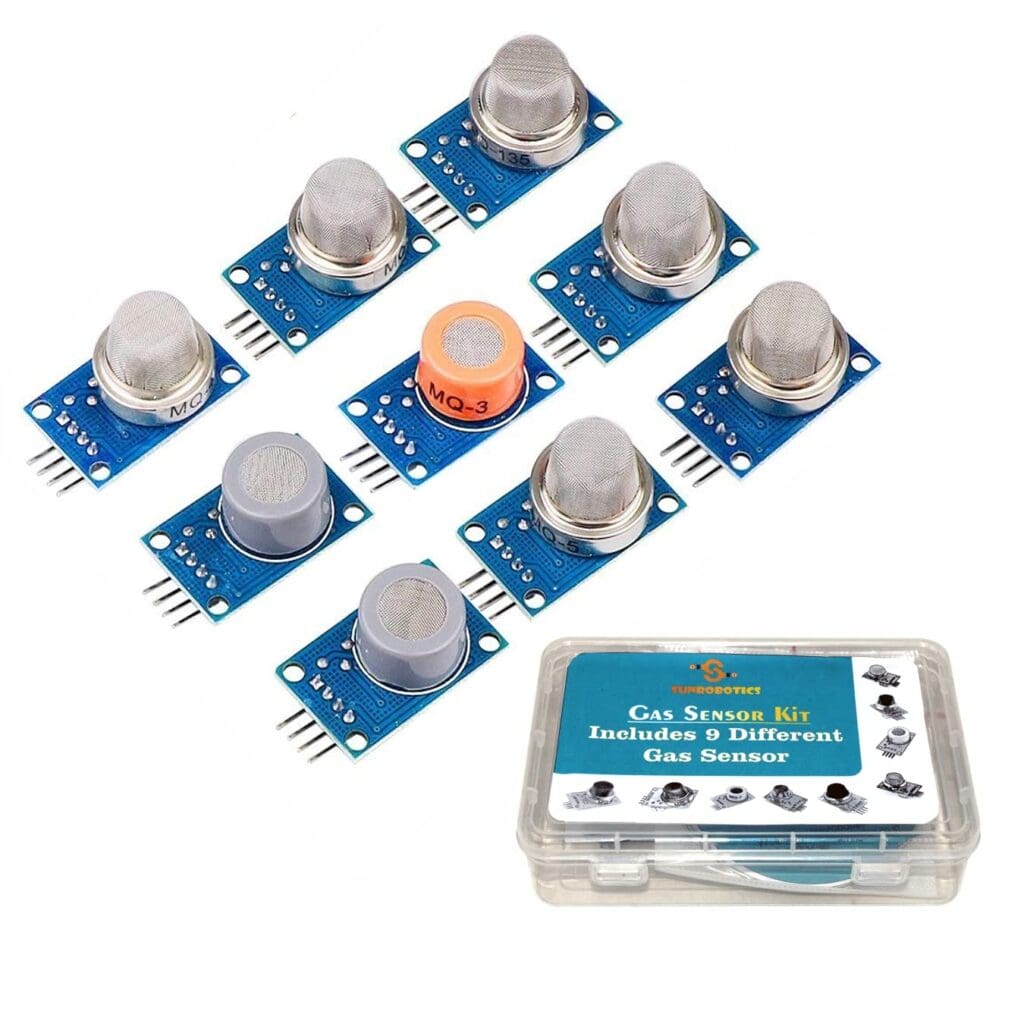
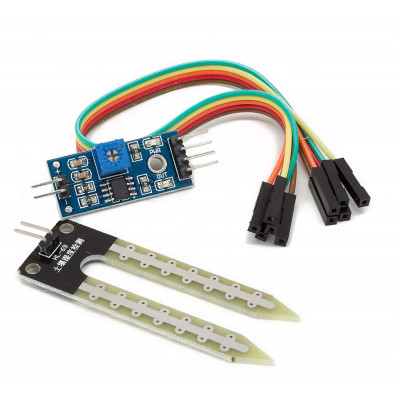
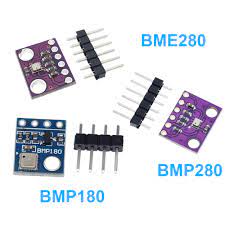
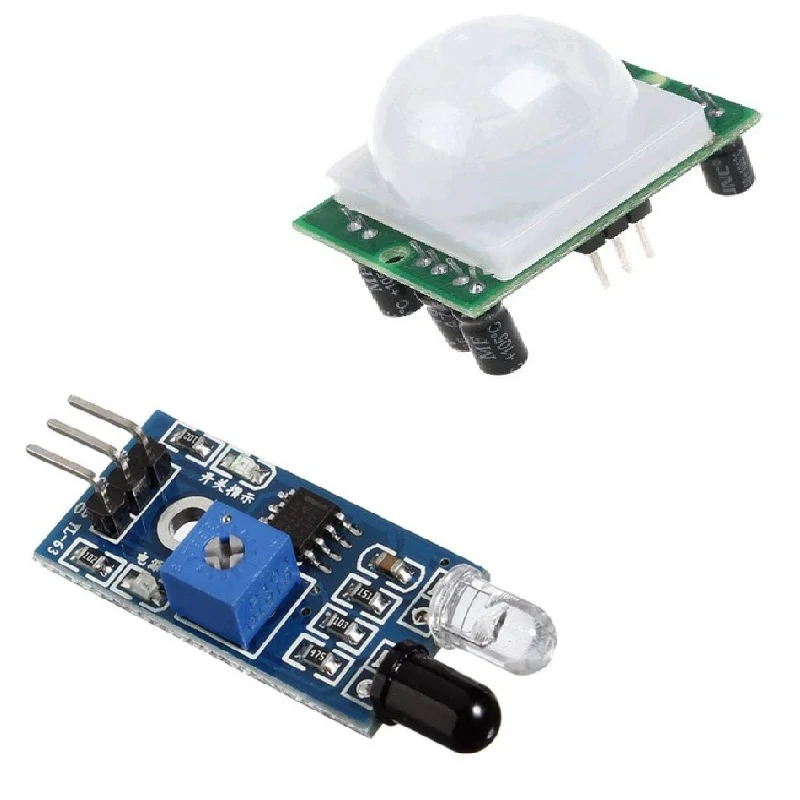


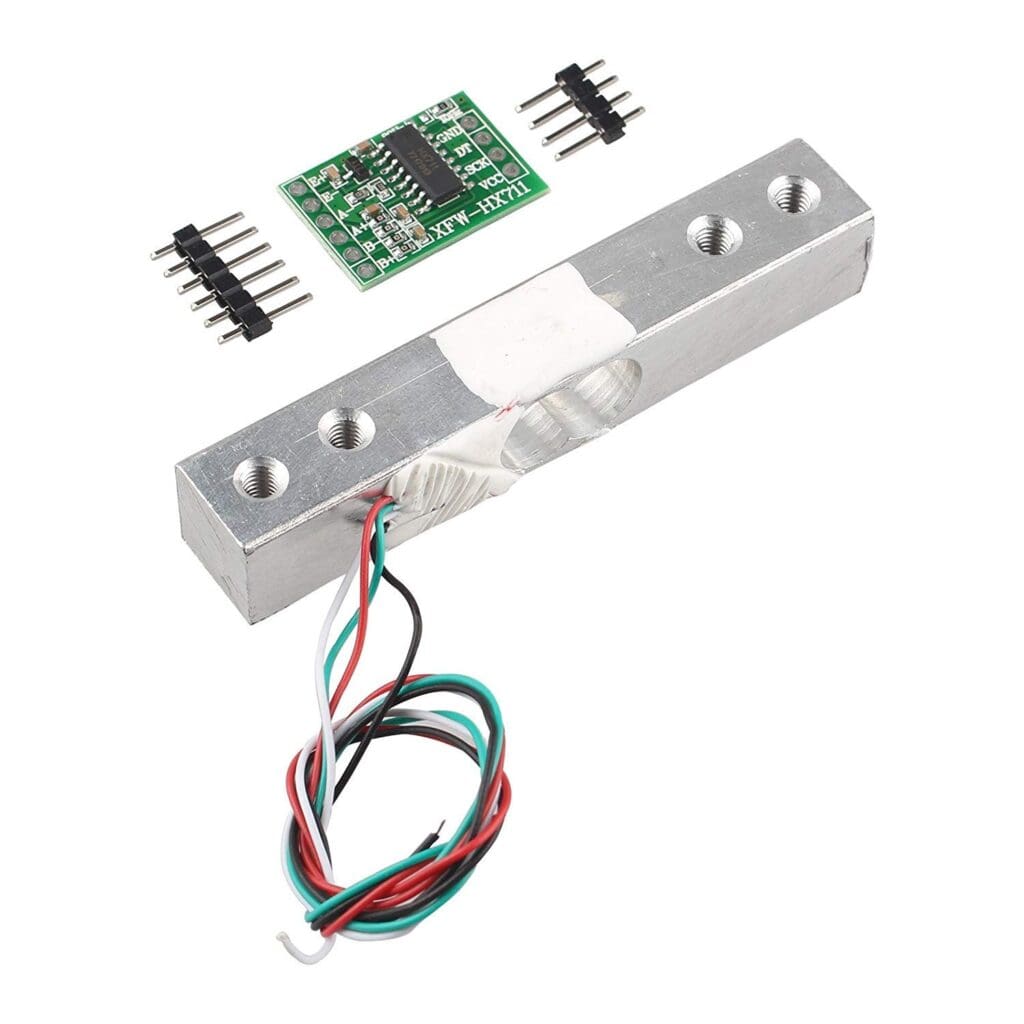

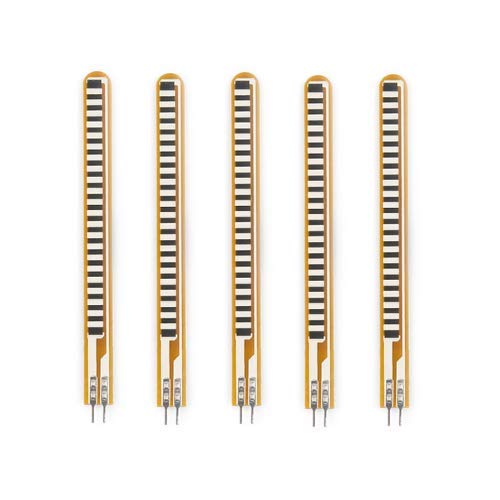

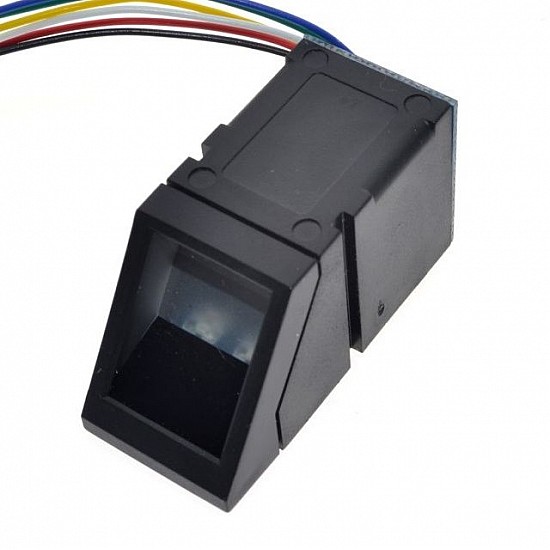
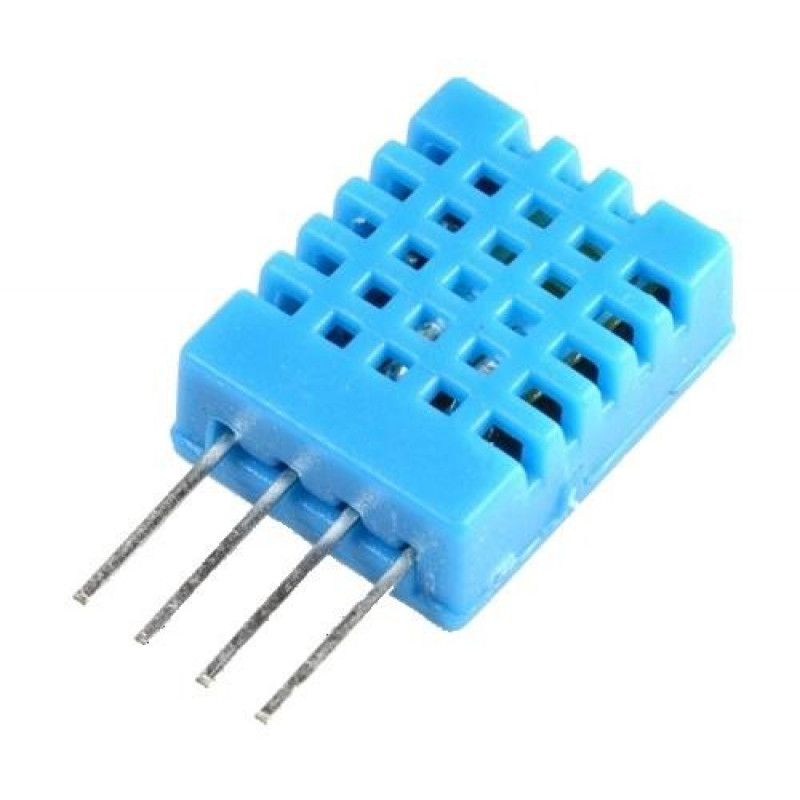

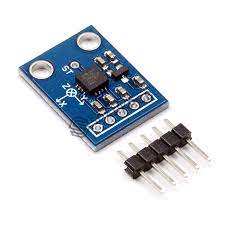
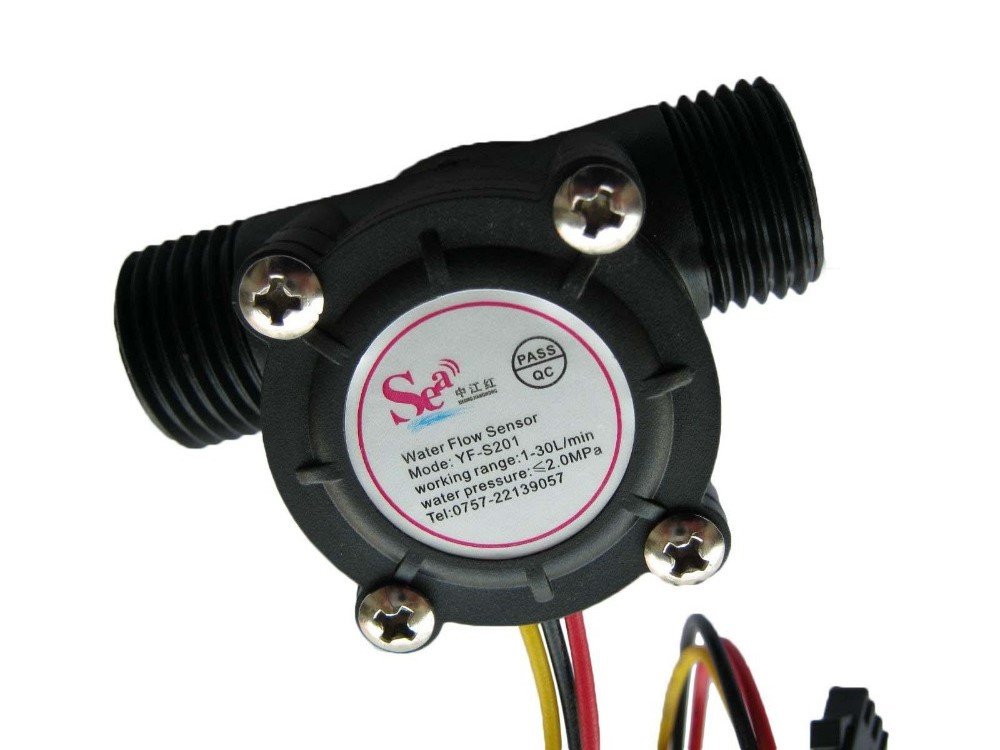
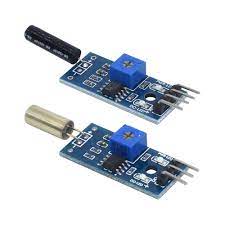
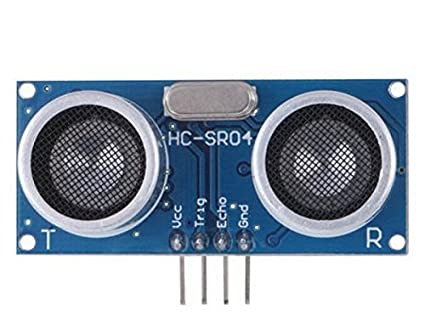

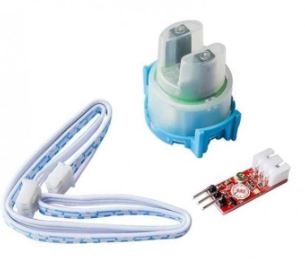

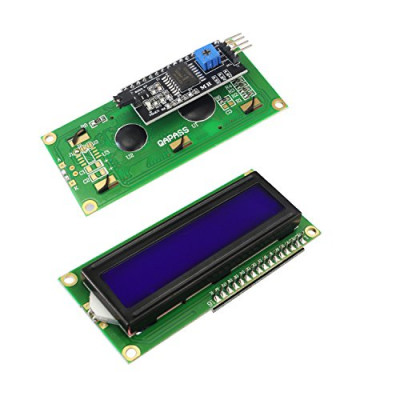
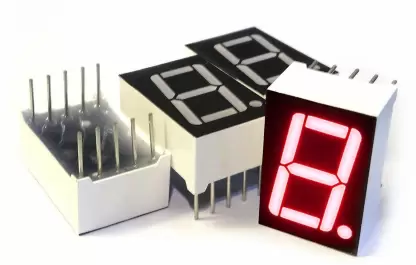
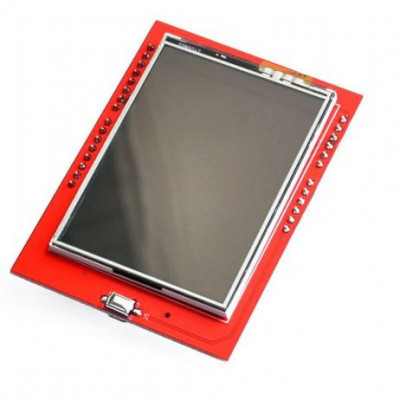
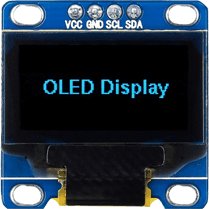

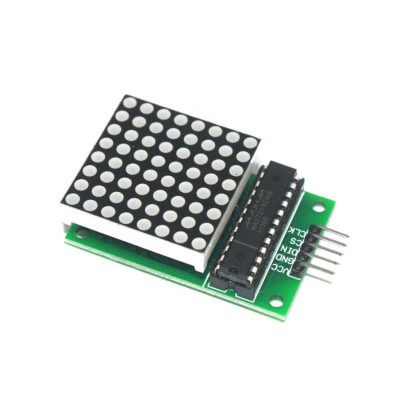
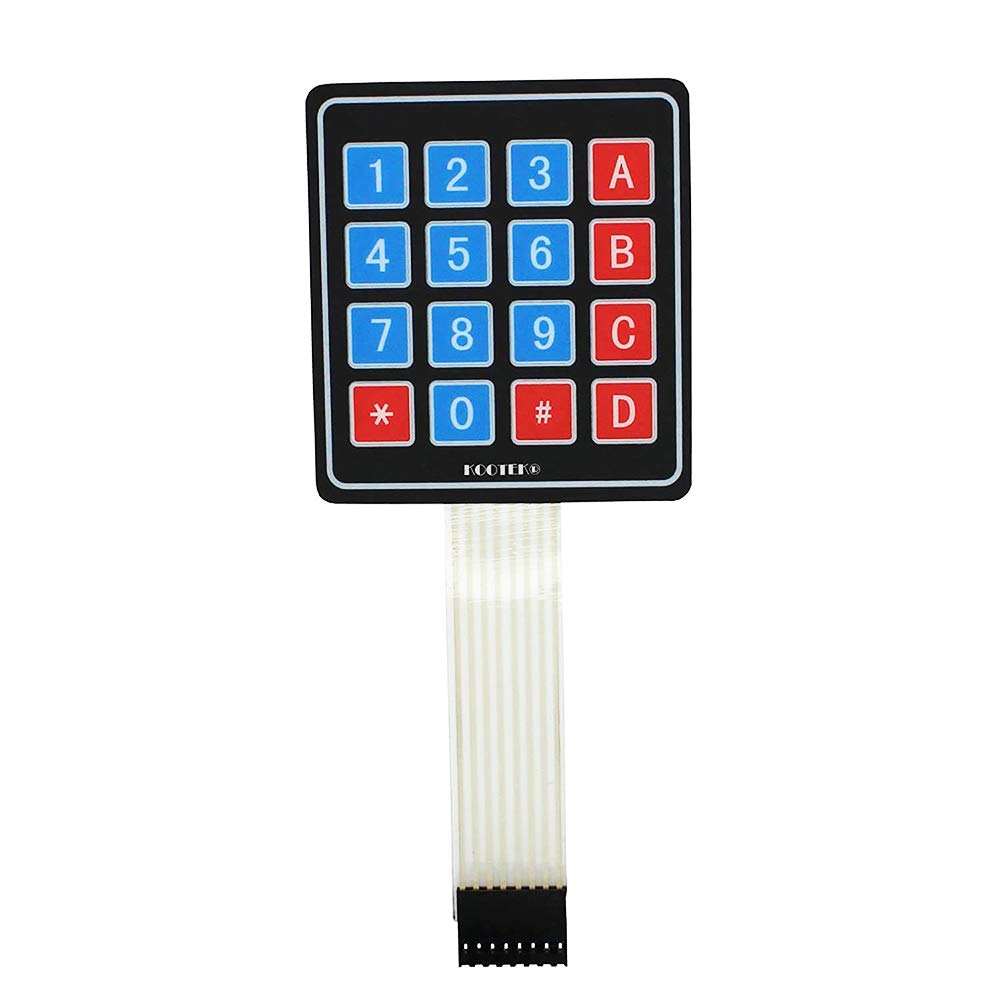
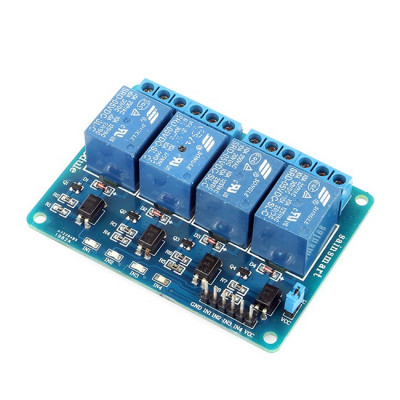
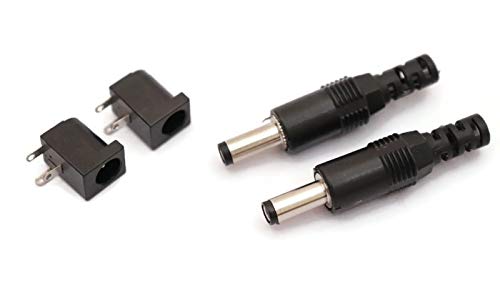

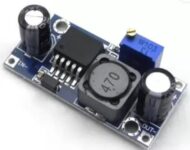
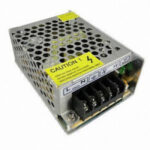

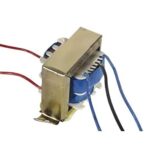



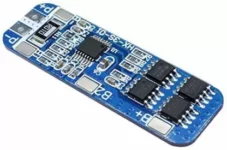
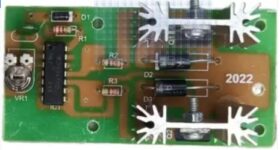



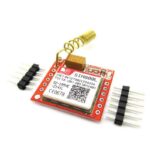
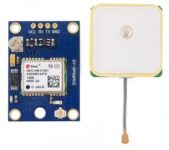
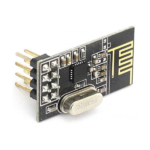
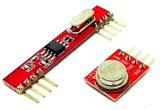
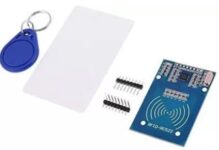
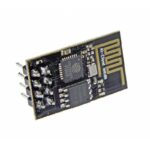
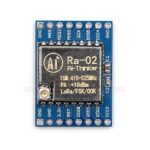
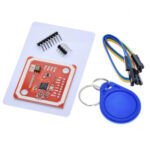
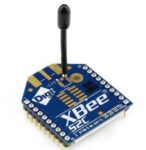
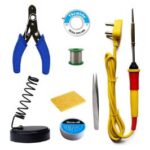
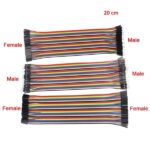



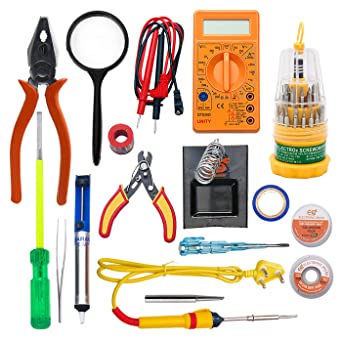



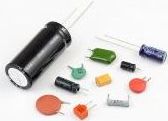
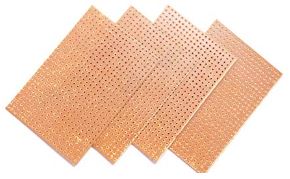

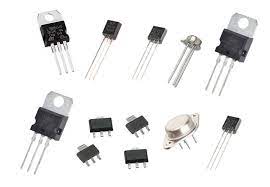
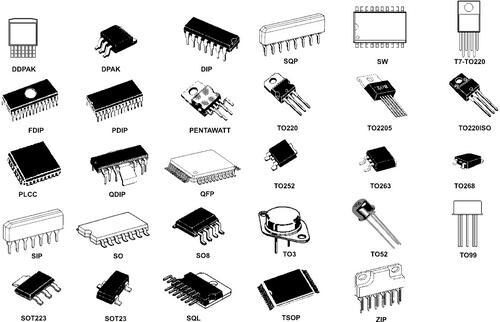
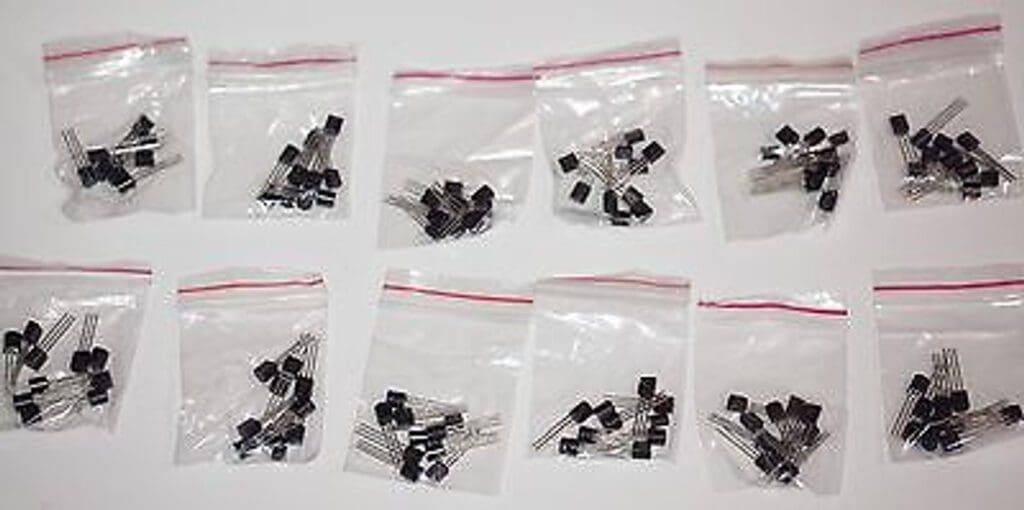
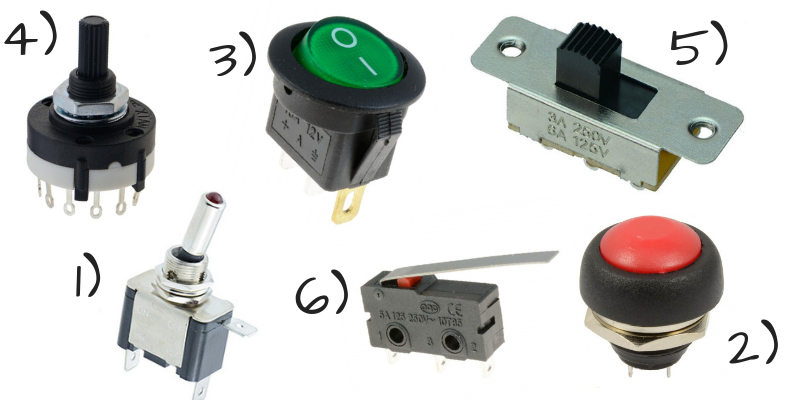
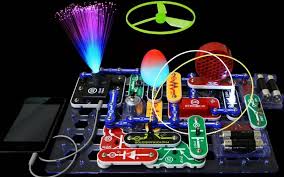


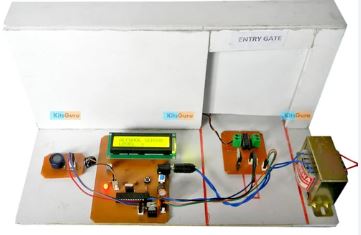


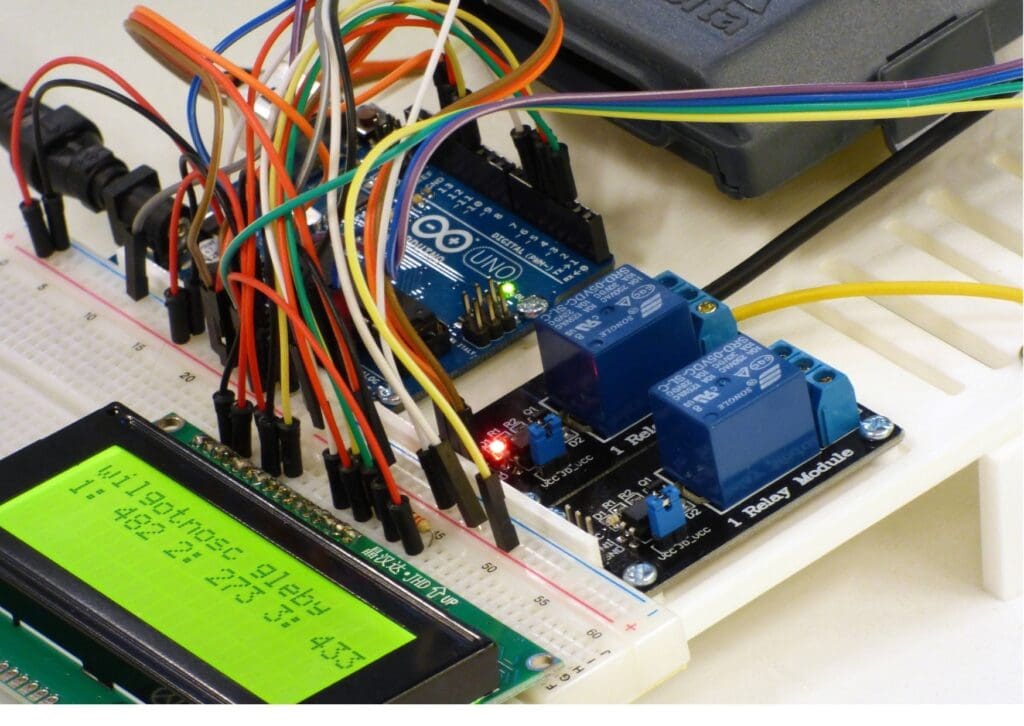
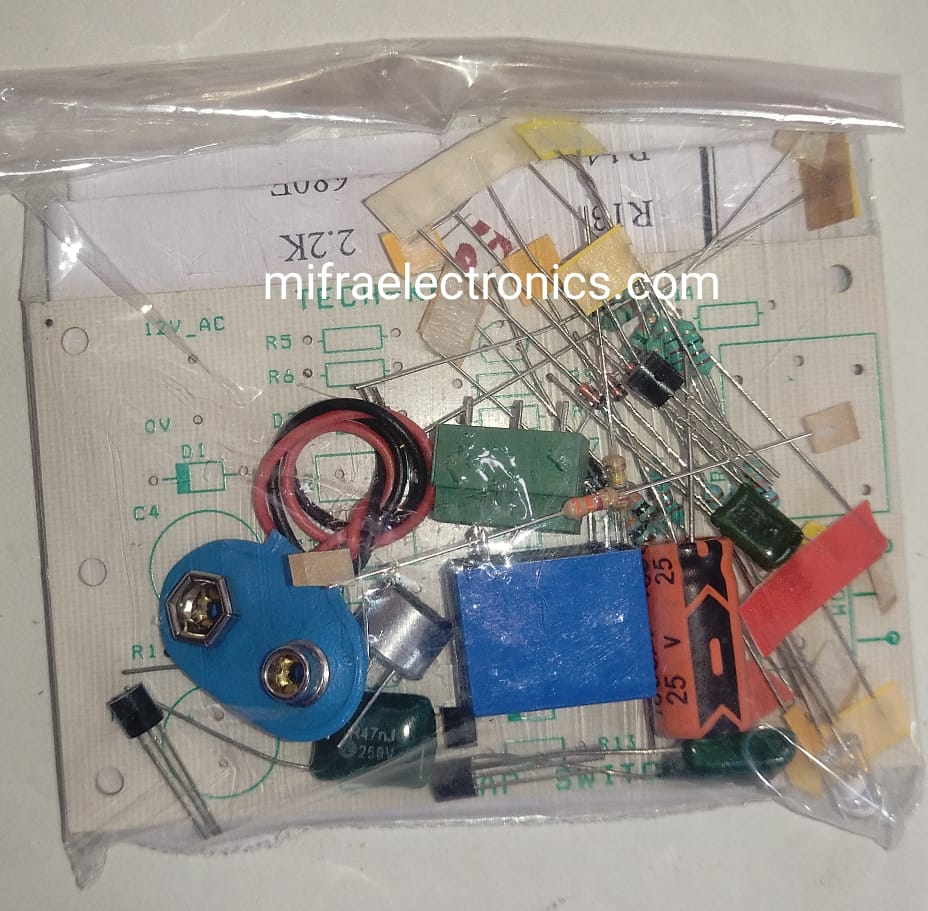
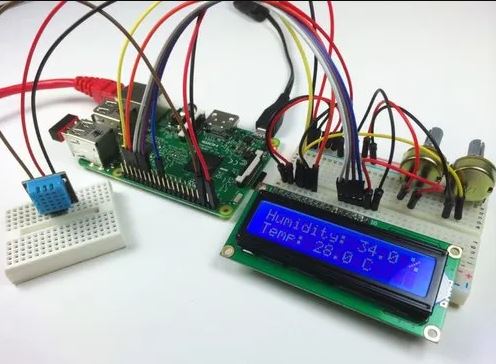
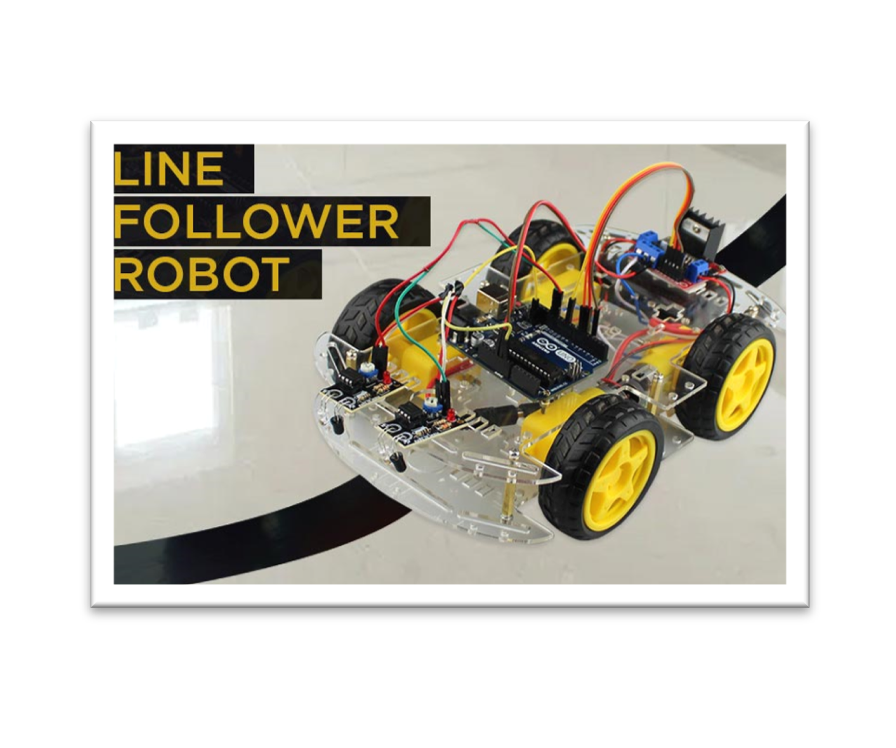
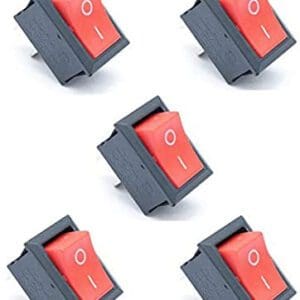
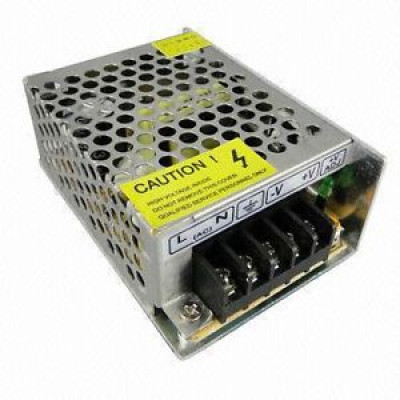

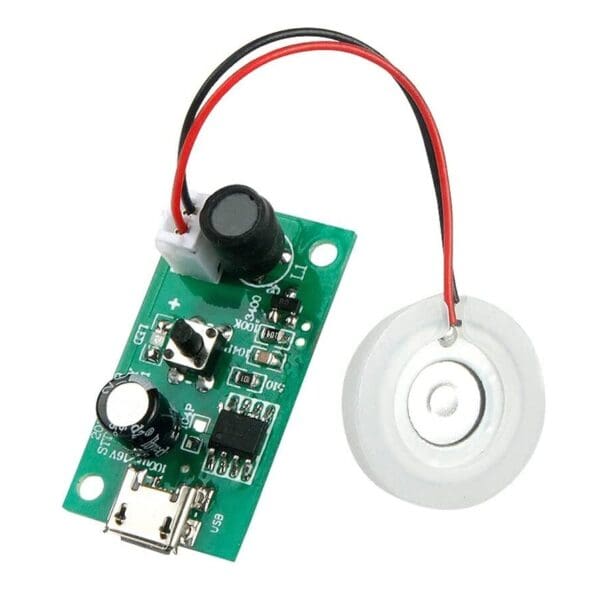

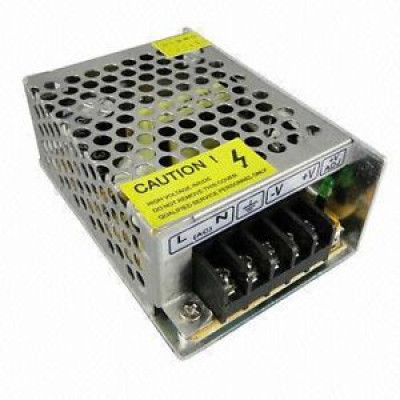
Reviews
There are no reviews yet.